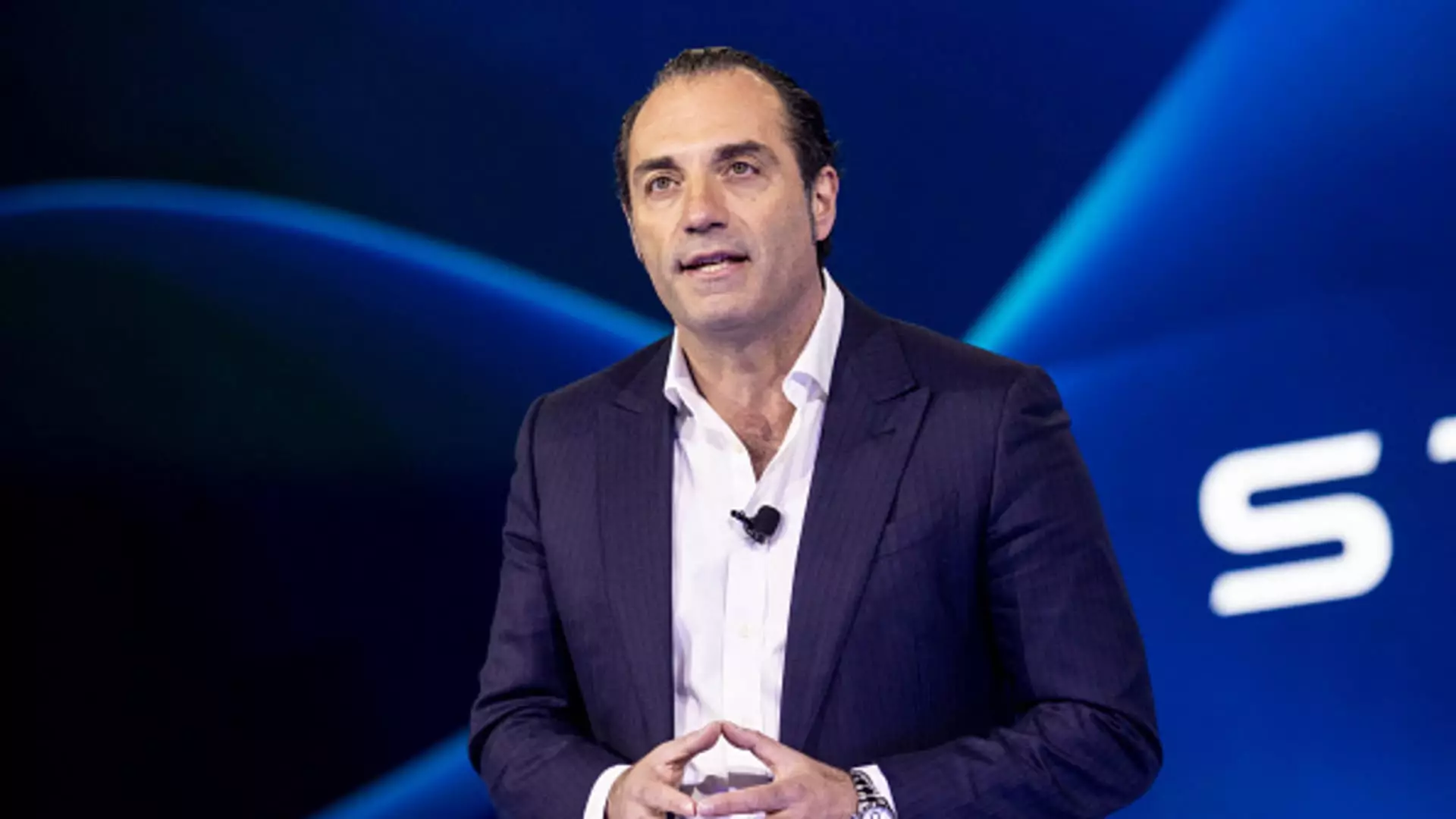Stellantis, the automotive giant formed from the merger of Fiat Chrysler and PSA Groupe, finds itself at a critical juncture in the U.S. market. After years of consistent sales decline, culminating in a steep drop in market share from 12.6% in 2019 to just 9.6% in 2023, the company is under immense pressure to revitalize its brand presence and restore consumer confidence. This decline is not only a reflection of the company’s performance but also highlights the larger challenges faced within the competitive automotive industry.
Antonio Filosa, recently appointed to lead Stellantis’ North American operations, has taken on the monumental task of reversing this trend. His leadership comes at a time when the need for renewed energy and engagement with both dealers and consumers is paramount. With a commitment to prioritizing retail market share, Filosa acknowledges that the previous strategies, particularly those emphasizing profit margins over volume, have not served the company well. The shift in focus is also driven by the urgent realization within the company that maintaining relevance in a saturated market requires responsive and agile decision-making.
Filosa reveals that to address these pressing issues, Stellantis is actively restructuring its U.S.-focused leadership team and implementing a suite of strategies aimed at invigorating sales. This includes reconnecting with dealers, enhancing incentive programs, and introducing new products tailored to meet consumer demand. These efforts are not merely aspirational; they represent a calculated attempt to not only restore lost market share but to regain the trust of dealers who have felt neglected in recent years.
Industry leaders within Stellantis remain optimistic, suggesting that aggressive strategies are being put in place. Bob Broderdorf, who spearheads the Jeep brand, characterizes the situation as one that has fundamentally changed for the better. By promising a more compelling product lineup and improved customer interactions, there is a sense of urgency amongst executives to turn the tide. This renewed energy is particularly crucial for brands like Jeep and Ram, which have struggled to maintain their market position amidst executive transitions and production challenges.
Notably, as the company grapples with recovery, Jeep and Ram, two of its flagship brands, are viewed as critical to the revitalization strategy. Tim Kuniskis, who recently returned to helm the Ram brand, openly described the previous year as disappointing but expresses a confident outlook for the current year. The focus for Ram will be on refining production processes and aligning product offerings with dealer capabilities. This transition is essential for reestablishing customer loyalty and rekindling interest in the brand’s offerings, particularly as the automotive landscape evolves toward more sustainable practices.
The challenge is amplified by the shift in consumer preferences, with an increasing inclination toward electric vehicles (EVs) and a demand for innovative automotive technology. The former CEO, Carlos Tavares, had emphasized profitability, often at the expense of market adaptability—a strategy now recognized as misaligned with market realities. Filosa’s acknowledgment of “many mistakes” serves as a candid recognition of the need for a paradigm shift within Stellantis, particularly in the context of U.S. operations where the stakes are high.
As Stellantis steers through these tumultuous waters, it is also facing external pressures from potential regulatory changes under an incoming administration. Filosa has indicated that the company is preparing to adapt to possible modifications in electric vehicle incentives and international trade tariffs, particularly concerning imports from Canada and Mexico. Each of these factors could significantly influence Stellantis’ operational strategies and its overall workforce in the U.S.
Addressing these potential regulatory shifts before they take effect is critical to maintaining both productivity and market viability. Filosa emphasizes the need for agility, ensuring that Stellantis can respond effectively to new developments that could impact its strategic plans.
As Stellantis embarks on its journey toward recovery, the blend of strategic adjustments, renewed focus on dealer relationships, and responsiveness to market changes will be pivotal. While the road ahead presents challenges, the leadership’s commitment to learning from past failures and embracing a more collaborative, consumer-focused approach suggests the potential for a successful resurgence in the U.S. market. The ability of Stellantis to navigate these complexities will ultimately determine its future in one of the world’s most critical automotive arenas.

